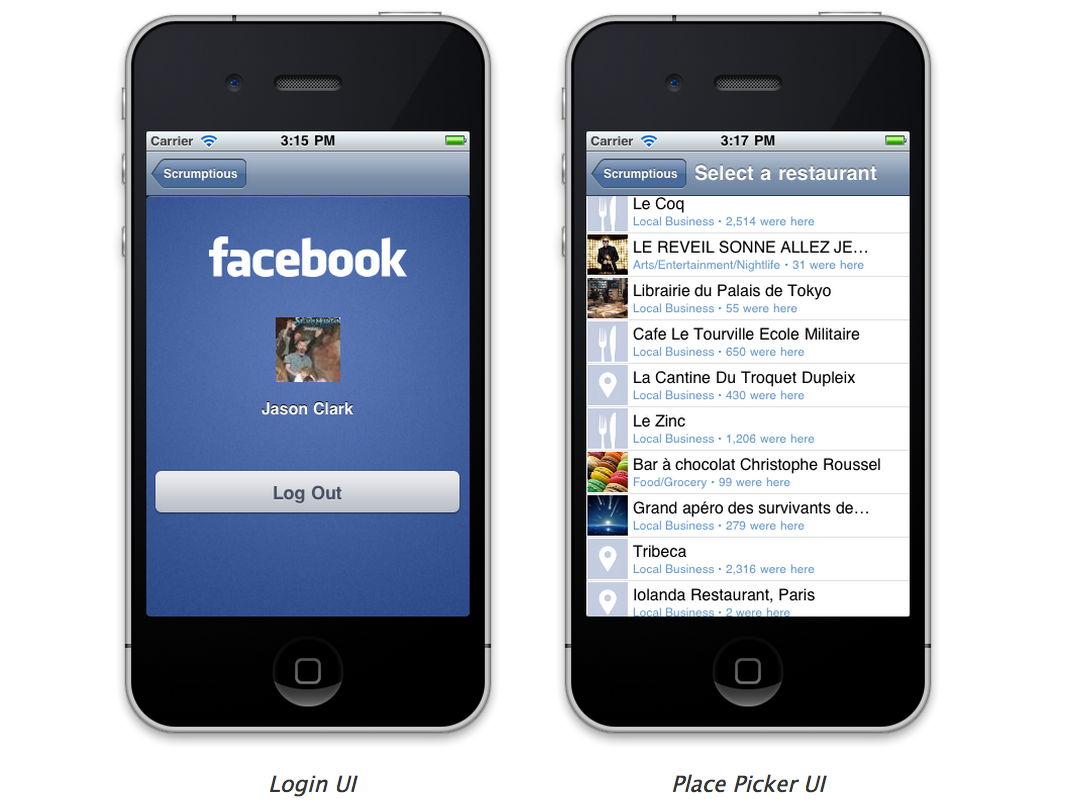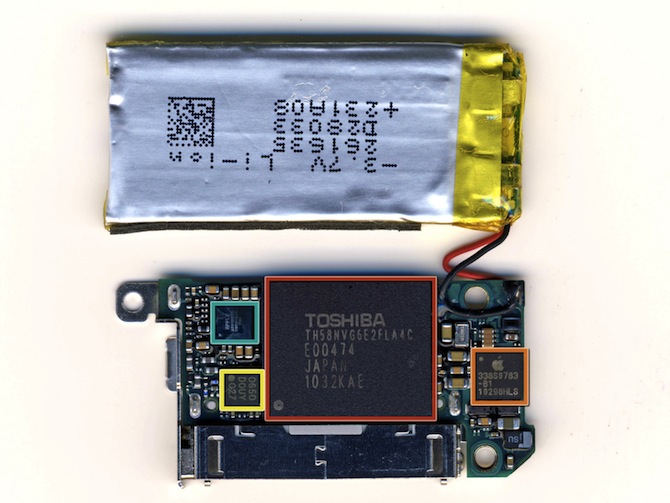
Facebook releases SDK 3.0 for iOS, will maintain beta version with iOS 6 integration

We told you a few weeks ago that Facebook was rolling out the beta of its SDK 3.0 for iOS that included iOS 6 integration for native Facebook login, modern Objective-C language features support, pre-built UI components, and a new iOS Dev Center. Version 3.0 of the Facebook iOS SDK is coming out of beta today, and it is ready for developers to download and use in their apps. However, Facebook will continue to maintain a beta version that includes iOS 6 FB integration features. It will ultimately merge the two versions when iOS is released to the public. We already went through much of what you can find in the Facebook SDK for iOS, but a blog post on the Facebook Developers blog announcing its release explained some of the new improvements and updates since the beta release:
This release enables several new features: ready-to-use native UI controls, better session management, improved support for calling Facebook APIs and support for modern Objective-C language features…The SDK also includes a variety of pre-built user interface (UI) components for common functions, such as Login, Friend Picker and Place Picker. Simply drop them into your apps for a fast, native and consistent way to build common features.
Updates since the beta release, according to Facebook:
Expand
Expanding
Close



